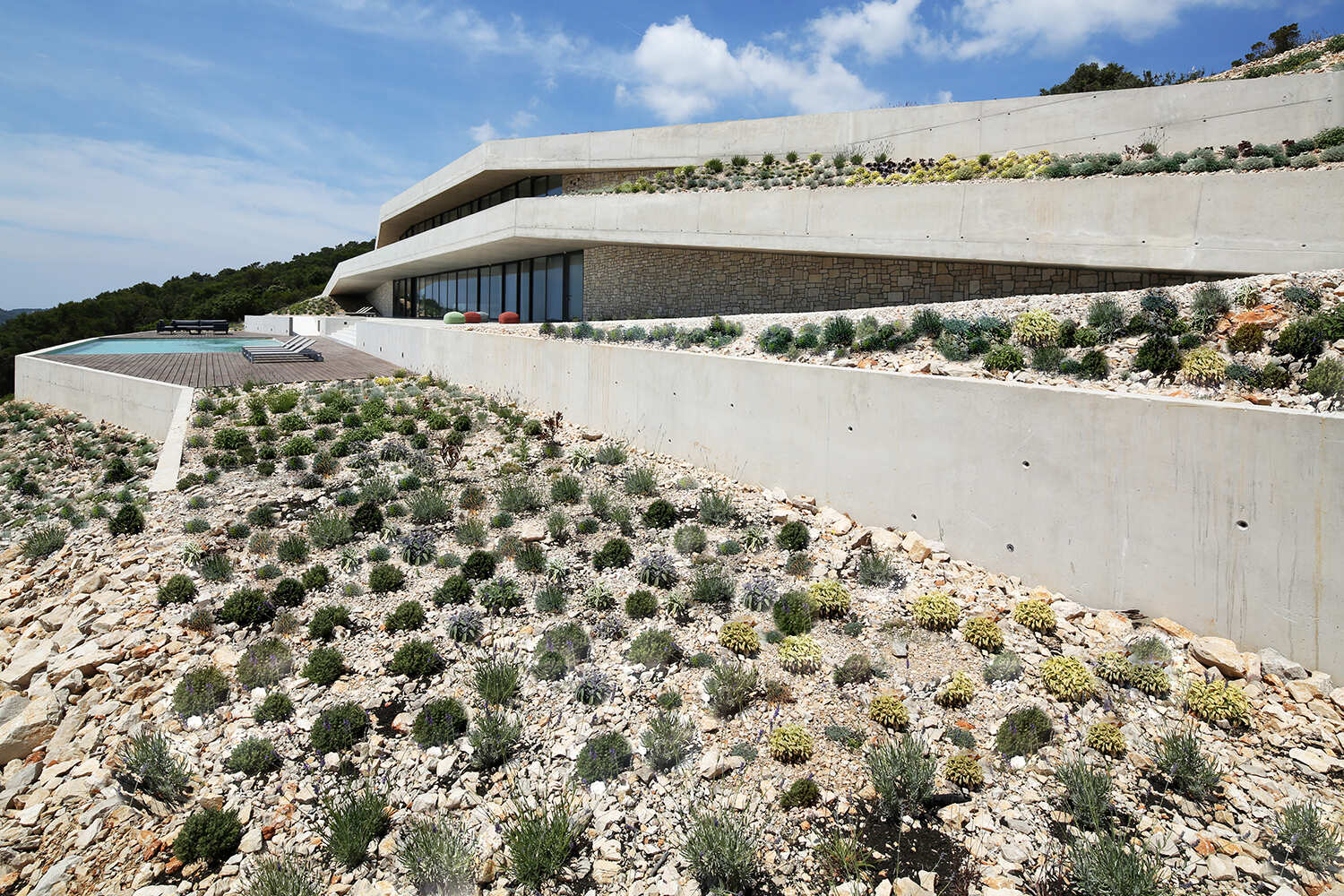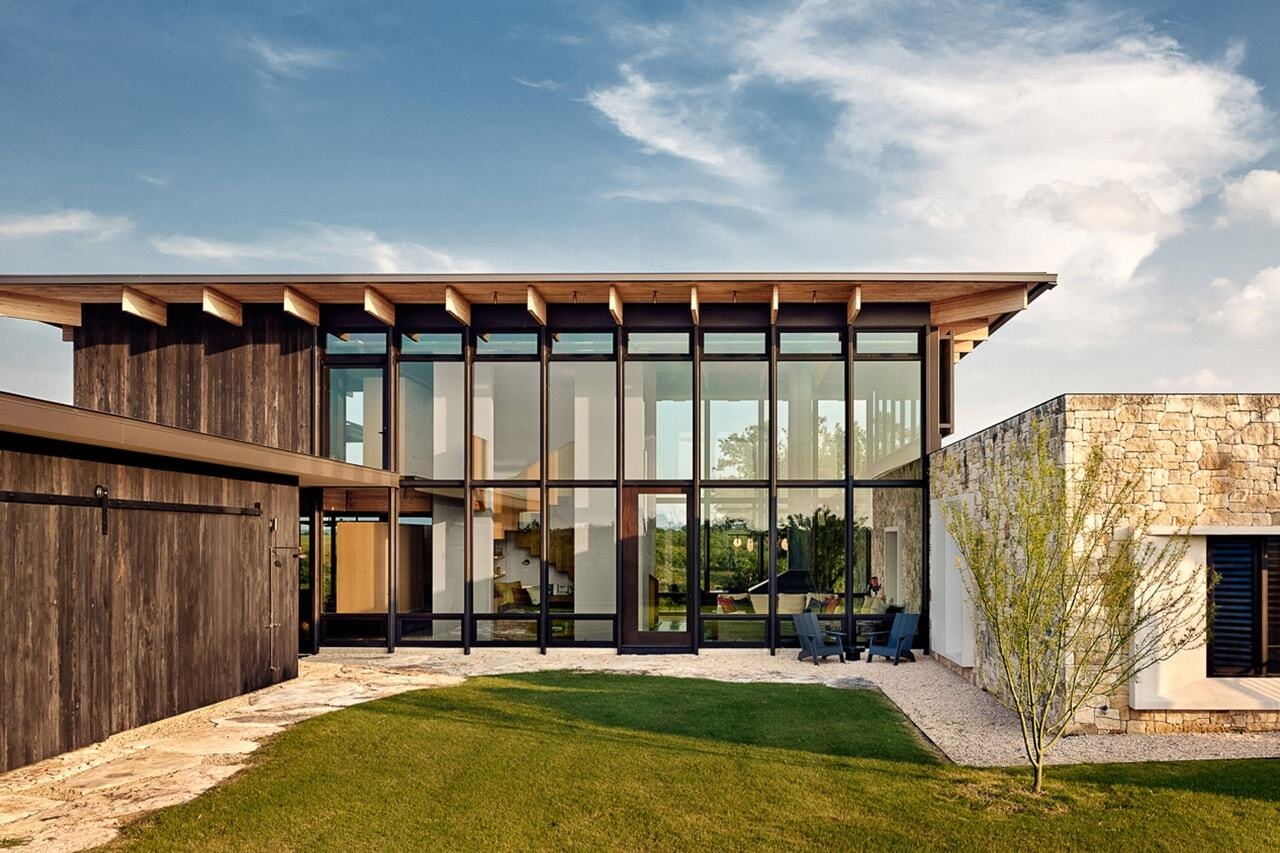Post-conflict rebuilding is "a tool for healing" says UNESCO specialist


UNESCO architect Maria Rita Acetoso recently completed a huge project to revive the war-ravaged city of Mosul. In this interview, she explains the importance of rebuilding with the involvement of local communities after conflict.
"The result of conflict is that there is a sort of disconnection between the community and its own identity," said Acetoso.
"I think that in a community that has been affected for many years by isolation, discrimination, terrorism [and] violence, the positivity of rebuilding projects is actually something that is extremely important for the healing process."

Acetoso speaks from her experience working as senior project manager on UNESCO's most ambitious project to date – the $115-million Revive the Spirit of Mosul initiative in Iraq, which reached completion in February this year.
On the back of a four-year stint at the heritage agency's Afghanistan office, Acetoso led the reconstruction of buildings and monuments in Iraq's second-largest city after it was left in ruins by three years of Islamic State (IS) occupation and a subsequent war to reclaim it in 2017.
As its name suggests, the Spirit of Mosul initiative sought to bring back Mosul's character by reaffirming the three key pillars of cultural life, heritage and education systems.
"Architecture has a strong anthropological and social value"
Integral to this goal was the reinstatement of the city's architecture, and the project saw the reconstruction of four key religious monuments, 124 historical houses and 404 classrooms, in a process that employed over 7,700 Moslawis and Iraq-based contractors.
By rebuilding the city's infrastructure and public spaces, the initiative was able to revive the city's cultural identity, says Acetoso.
"The idea is that the reconstruction of the architectural space is basically the reconstruction of all the social interaction that the community was having before the disruption happened," Acetoso explained.

A guiding principle of this approach was the participation of the community, which involved close collaboration with locals in the form of workshops, meetings or public surveys conducted in partnership with the University of Mosul.
"These activities basically gave us an idea of what would have been the expectation of the population with regards to the physical reconceptions of those sites," Acetoso said.
This participatory approach is seen by Acetoso as essential to a rebuilding programme for its ability to both forge a sense of ownership and contribute to community healing after conflict.

"Architecture has a strong anthropological and social value," she said. "In a way, architecture is the tangible expression of all those very complex, sociological, environmental, historical interactions that characterise or shape a community in the different phases of its life."
"If we approach the reconstruction of architecture with that perspective, then it becomes natural to look at it as a tool for healing in a post-conflict context."
"Active engagement of members of the community, of course, will increase the feeling of ownership," she added.
Culture "always a target" for conflict
Mosul was first invaded and captured by the extremist IS group in June 2014.
Over a three-year occupation, IS imposed an extreme ideology on Mosul and its people, seeking to erase the city's history and culture that for centuries had been a beacon of tolerance between Iraq's different religious and ethnic communities.
In 2017, a nine-month-long battle between IS and US-backed Iraqi ground forces to reclaim the city ensued, killing 10,000 civilians and leaving the city in ruins with 80 per cent of its Old City destroyed.
UNESCO's rebuilding initiative, which received support from fellow UN agencies and international partners including the United Arab Emirates and the European Union, began the following year with the clearing of 8 million tonnes of debris.

"The overall objective of the programme was the reconstruction and rehabilitation of historical sites," Acetoso said. "The idea is basically to bring back the real spirit of the city, which means the cultural identity of the community."
As seen in Mosul, culture is often a target for conflict, Acetoso argues.
"It doesn't matter who the group promoting the conflict is, but culture – because it's very iconic – is always a target," she said.
"You can see it even unfortunately at the moment in the several conflicts happening."

Monuments and cultural landmarks, which Acetoso explains fall under the umbrella of cultural identity, are therefore also often targets for conflict.
This was evident in Mosul, which saw its 12th-century Great Mosque of Al-Nouri complex destroyed, including the Al-Nouri Prayer Hall and Al-Hadba Minaret – the rehabilitation of which became central to the initiative.
"[Monuments] always have an iconic value for the communities," Acetoso said.
"They are considered monuments not necessarily because of the objective value, but because of the values assigned to them by the community."
Minaret's lean recreated
With the use of 45,000 reclaimed bricks, the Al-Hadba Minaret reassumed its place on the city skyline earlier this year.
Detailed building studies enabled the monument to be restored to its distinctive leaning form, as requested by almost 100 per cent of the community.
"The minaret has acquired the value of being the symbol of the city of Mosul," Acetoso said.
"We have tried to not impose our way of looking at things, but rather to understand in terms of overall reconstruction strategy the expectation of the local community."

For other structures, however, the team took a "building back better" approach – integrating improvements and sustainable and earthquake-resistant strategies into the buildings "whenever possible".
This was true for the main Great Mosque of Al-Nouri, which became the subject of an international design competition launched by UNESCO, the Iraqi Ministry of Culture, and the Iraqi Sunni Endowment.
The winning proposal, named Courtyards Dialogue, was drawn up by Egyptian architects Salah El Din Samir Hareedy, Khaled Farid El-Deeb, Sherif Farag Ebrahim, Tarek Ali Mohamed, Noha Mansour Ryan, Hager Abdel Ghani Gad, Mahmoud Saad Gamal and Yousra Muhamed El-Baha.
The design encompassed the reconstruction of the Al-Nouri Prayer Hall as it was, complemented by the addition of new openings and an adjoining semi-covered structure.
"We were basically preserving what was still standing of the mosque," Acetoso explained.
"We were building the missing spaces [and] integrating them with some new architecture and new landscaping to redesign an important site for the city of Mosul."
The city's Al Saa'a Convent and Al-Tahera Church were also restored, while a series of new buildings, public amenities and green spaces were added across Mosul.
Community involvement "absolutely critical"
According to Acetoso, both the extent of the damage and scope of the project meant that managing community engagement at scale was the project's key success.
"For us, this people-centred approach is at the base of our work, but it was innovative here in the sense that we have applied that methodology to a scale of work that we hadn't done before."
Placing the community at the forefront of the initiative saw over 1,300 local young people trained with traditional skills and 6,000 new jobs created, according to the BBC.

Acetoso, who has since assumed a new role as chief of culture at UNESCO's Ukraine office, says the Mosul initiative serves as a timely precedent for a sustainable approach to post-conflict reconstruction.
"If you were looking at [rebuilding a place] only from the technical point of view, then you would have failed with the overall scope of using it as an opportunity to involve the community in the process," she said.
"It is absolutely critical to involve the community in every step," she continued. "That's what we have been doing in Mosul and I believe is a real innovation of this project."
The photography is courtesy of UNESCO.
Dezeen In Depth
If you enjoy reading Dezeen's interviews, opinions and features, subscribe to Dezeen In Depth. Sent on the last Friday of each month, this newsletter provides a single place to read about the design and architecture stories behind the headlines.
The post Post-conflict rebuilding is "a tool for healing" says UNESCO specialist appeared first on Dezeen.




















































